The acclaimed 2016 action RPG Hyper Light Drifter won players over with its visual style, compelling themes and storytelling, and striking audio. Developer Heart Machine is looking to deliver this experience all over again with Hyper Light Breaker, which launches in Early Access in just a few days. Hyper Light Breaker is very different from Hyper Light Drifter, however, transitioning to 3D, opting for open-world roguelike gameplay, and otherwise going further back in its lore.
Ahead of Hyper Light Breaker‘s Early Access release, Game Rant spoke with several developers at Heart Machine about the game’s development cycle. This includes creative director Alx Preston, senior gameplay engineer Chris Forseth, lead technical artist Len White, art director Danny Moll, senior designer Ben Strickland, lead producer Michael Clark, audio lead Alex Johnson, and composer Troupe Gammage.
A Whole New Dimension for Hyper Light Breaker
Hyper Light Breaker is more revolutionary than evolutionary for the franchise, promising the same vibe in a radically different game, relying on procedural generation to truly enhance the idea of an open-world roguelike, and transitioning the IP from 2D to 3D. And if ‘open-world roguelike’ didn’t sound like what the sequel would be, that’s part of the revolution as well.
Q: Let’s go back to day one. What was the initial pitch for Hyper Light Breaker?
Preston: “Fully 3D Open World Rogue-like with the Hyper Light IP.”
Q: How has that initial idea changed between then and its upcoming Early Access release?
Preston: There has been a tremendous amount of design iteration on every component of the game – how runs work, day and night cycles, gear and combat abilities, etc., but the core has always been the same and goes back to that vision of “Open World Rogue-like.”
Q: What did the first week, months, and year of the project look like?
Preston: A lot of building of key combat mechanics and more importantly procedural generation systems. A lot of trial and error – you have to feel these, you can’t just look at them on paper. A lot of exploration of scale and determining what could be bespoke/curated elements and what would be handled strictly by math.
Q: What has the last year of the project looked like?
Forseth: Quick iteration and a lot of bug fixing. A lot of different systems started to come together into a more cohesive whole, which is always fun to see.
Preston: What Chris said! This is a systems-heavy game, which means that having all of those systems feed into each other the way you’ve been planning for years is really nice – but once they’re all connected, that’s when you can start making them feel right.
The World of Hyper Light Breaker
Q: What were some of the biggest challenges to pivoting to a fully 3-D procedural generation design? How did Breaker’s procedural generation compare to Drifter’s handcrafted world?
White: Not having absolute control of where everything ends up in the world is a big challenge of procedural generation. Making sure combat and traversal through the world are not handicapped by randomized terrain and placement of sometimes very large environmental assets required a lot of iteration and tuning of our algorithms and data. We also developed a system of directed proceduralism that let us design very rough layouts for maps that would then be procedurally fleshed out to final form.
The art style of Hyper Light Drifter was widely praised. How would you describe the visual design of Hyper Light Breaker and its evolution? How important was maintaining the distinct aesthetic of the first game?
Moll: We’ve put tremendous effort into translating the spirit of Hyper Light Drifter’s impressionistic and painterly pixel aesthetic from 2D into 3D, while simultaneously imagining and bringing to life a host of entirely new settings and set pieces that could plausibly exist within the alluringly mysterious worldbuilding and forgotten technology of the Hyper Light universe.
Q: To what extent were mechanics considered when changing art style and dimension for Breaker? How much mechanical benefit has this change brought to the game?
Preston: We weren’t looking to recreate what we had in Drifter so much as create that feeling in 3D. There are a lot of different needs in a 3D game versus a 2D game.
Q: Likewise, what was the general philosophy behind enemy encounters in Hyper Light Breaker, and how did Drifter factor into this, if at all?
Strickland: Keep enemy roles distinct and individual encounters simple and legible. Complexity arises from combining and recombining these elements in new settings and situations. The designs in Drifter were atomic, crisp, and I think that continues with Breaker.
Q: Solar Ash had a lot of influence on Hyper Light Breaker. Can you talk a little bit about how you approached building on what Solar Ash accomplished?
White: Solar Ash was a large world made up of a number of unique sub-worlds. In HLB we’ve created a similar structure with the Overgrowth being composed of several unique biomes to explore. Also the traversal mechanics share DNA, especially when on your hoverboard in Breaker. I think some of what we learned about balancing exploration and fighting in Solar Ash came in useful in designing HLB.
Q: Roguelike games are often known for iconic and tricky boss battles. What can you tell us about some of the bosses that players will encounter – particularly the Abyss King?
Clark: We’ll be expanding our roster over the course of Early Access, but at Early Access launch you will be able to fight two Crowns – Dro, a giant, blindfolded wolf who wields a gnarly sword. She’ll leap and slash and stomp throughout the arena, and when she is injured, she’ll start sending out swarms of “bullet hell” style projectiles. The other Crown, Exus, has powerful flaming attacks, filling his arena with flaming whirlwinds as he dash-punches players and flings fireballs.
The Abyss King won’t be a boss battle at Early Access launch – we’re saving him for later, but you’ll feel his presence throughout each Cycle as drawing his attention will result in him flinging meteors down on the world, dropping groups of enemies on the player, and dispatching powerful assassins that hunt you across the map.
Publishing Hyper Light Breaker
Q: Did the involvement of Gearbox San Francisco (now Arc Games) change much about the development process for Hyper Light Breaker compared to its predecessor?
Clark: With bigger ambitions, a bigger team, and the goal of creating a new genre/sub-genre, we needed a partner who could provide the institutional support that Arc Games brings, but we weren’t looking for new masters. Arc has supported our vision from the beginning – we create the game, they provide feedback and support. With Drifter, our first fans and supporters were our community that kickstarted it over a decade ago. With Breaker, our first fans and supporters were at Arc Games.
Q: With how much Breaker is changing things up (new engine, new genre, new publisher, new style, etc.), did procedural generation help lighten the load when compared to Drifter‘s more handcrafted world, or did it present more challenges?
White: Procedural generation is always a double-edged sword with what it gives (tremendous variety) and what it takes away (control) but for the kind of game we wanted to make it was pretty essential. Early on we wanted to focus on roguelite-style replayability and have the environment support that all the way through. So getting the results we needed without proc-gen would have been pretty much impossible.
Strickland: It’s just a different set of challenges. While I’m glad that I don’t have to map out an endless number of levels, procedural generation really forces you to think about the rules of the world; what must be true in order to ensure a good, complete experience and what can be more fluid. We never want to exert so much control that we force every seed into the same shape, but we also need some safeguards.
The Sounds of Hyper Light Breaker
Q: Disasterpeace’s soundtrack for Hyper Light Drifter is one of the more iconic elements of the game. Will Hyper Light Breaker’s soundtrack take a similarly minimalist, electronic approach?
Troupe Gammage: Drifter’s soundtrack – and the game itself – were a success because of how well the audiovisual elements complemented each other. We hope to capture the same ephemeral combination of sights and sounds that made the original game so intoxicating, which means a brand new aesthetic tailor-made for the 3D open world. I would describe the approach as more “electronic maximalist.”
Q: Overall, how does Hyper Light Breaker use music and sound design to contribute to the game’s atmosphere? What does it seek to evoke?
Johnson: For me, it’s all about moments and mood shifts. As a player, changes in feeling are what stand out where sustained emotion will feel fatiguing. This is something that Drifter really excelled at – you really feel the suspense and drama as the game opens up into a tense and difficult fight. Breaker is set in an open, procedural world, so we made it our goal to leverage that as an advantage. We built dynamic systems which provide these experiences in a deliberate, organic way, emphasizing the flow between exploration, combat, and rest.
We also found key moments where we could reliably strike a clear feeling, like the moment you ride up an elevator for the first time in a new world. As for sound design, we had a goal to keep this world colorful, yet grounded. We always considered the sounds to be emanating from real devices, real characters. To add depth, we used retro techniques such as FM synthesis, frequency shifting, and ring modulation. These add clarity and color to the world, and work particularly well in combination with other techniques that add a feeling of real wear and use.
Troupe Gammage: During gameplay in the open world: awe and wonder. This is a game that surprises even the dev team with its vistas due to procedural generation. During confined encounters, and in the game’s hub area, we wanted to dig deeply into the culture of the Hyper Light world. What instruments did they make with the technology they had? What voices of the past would still be echoing in the present day?
[END]
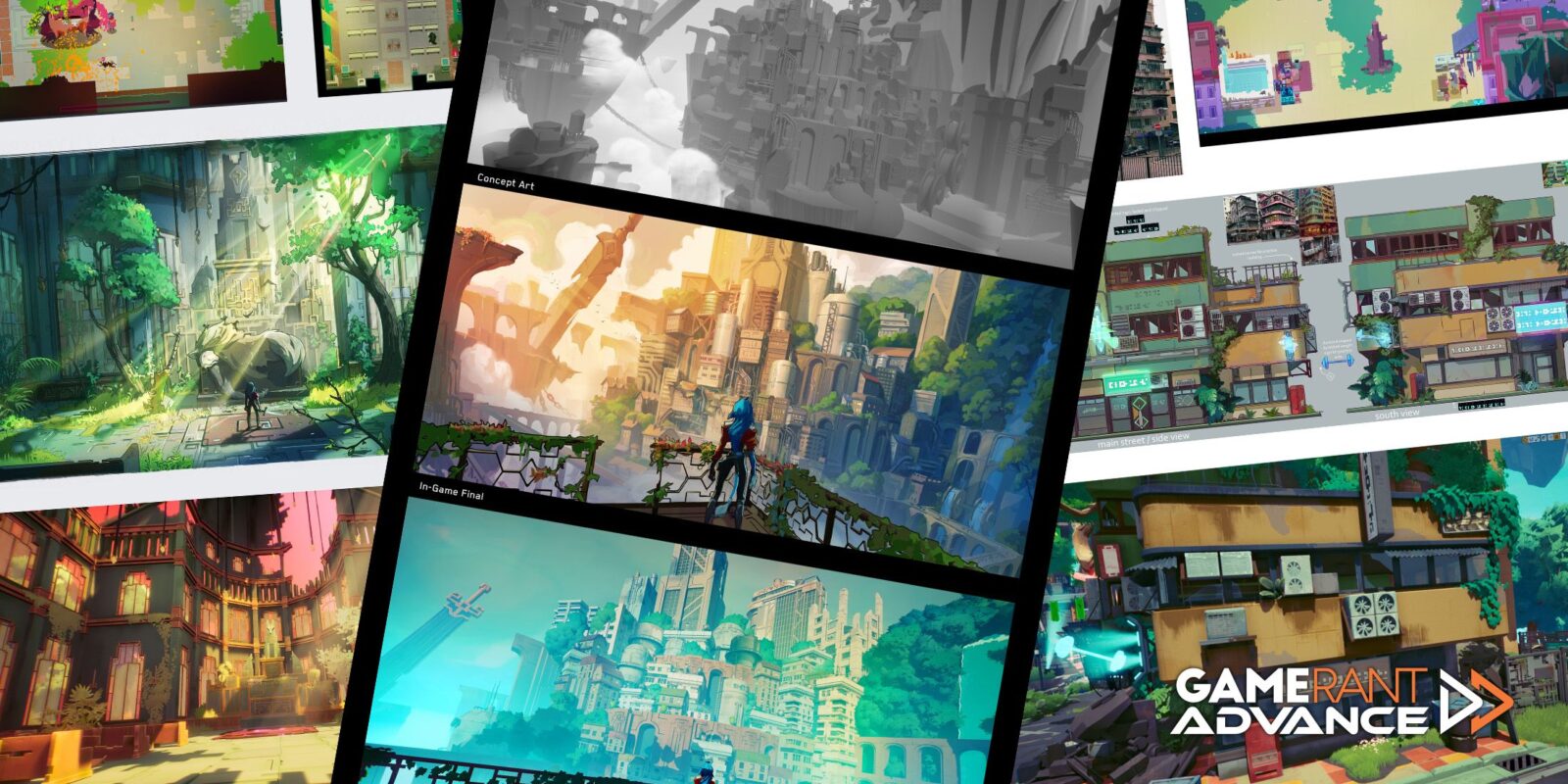
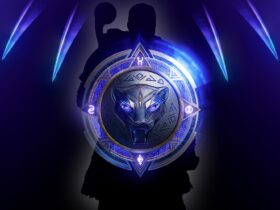
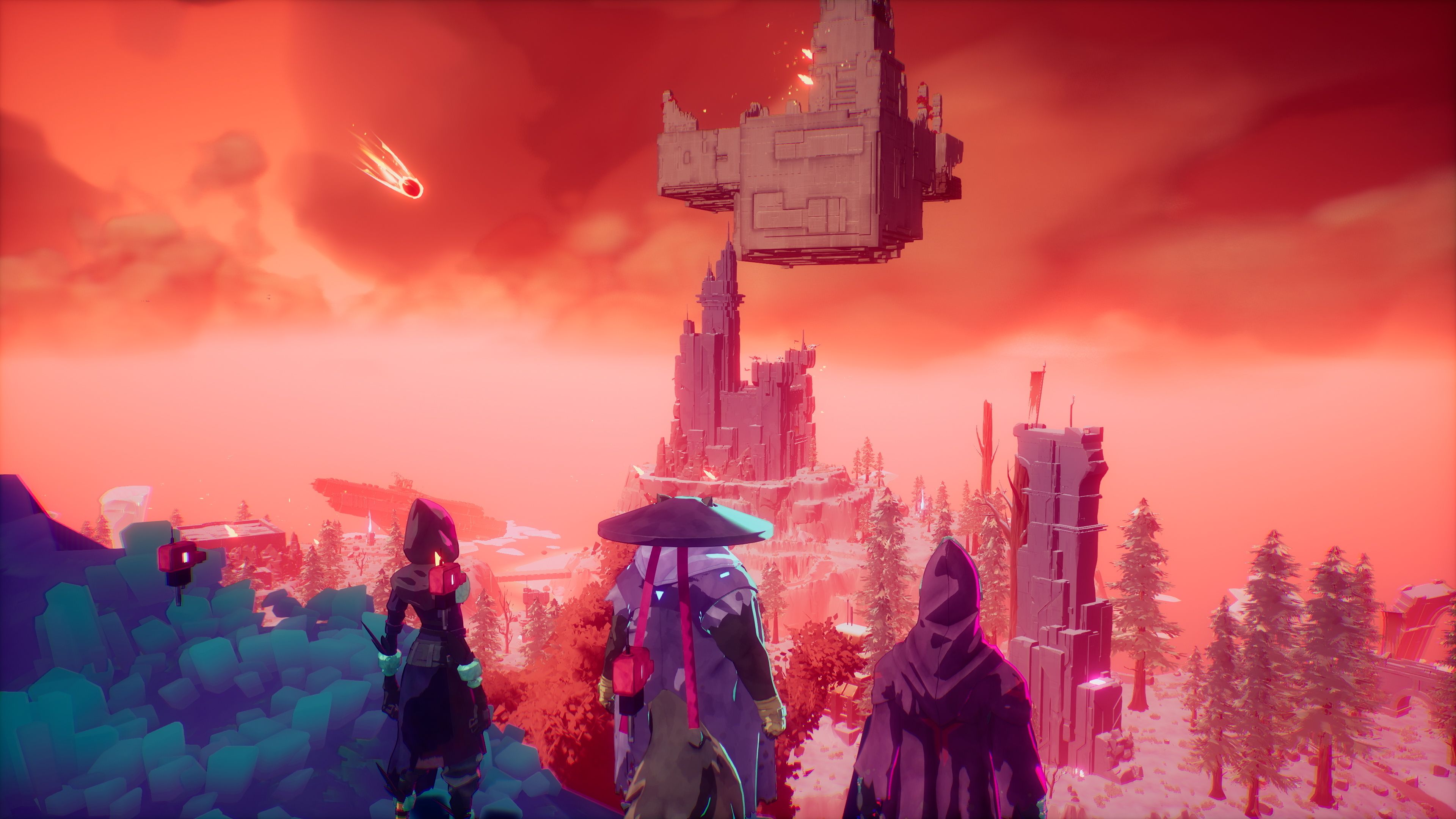

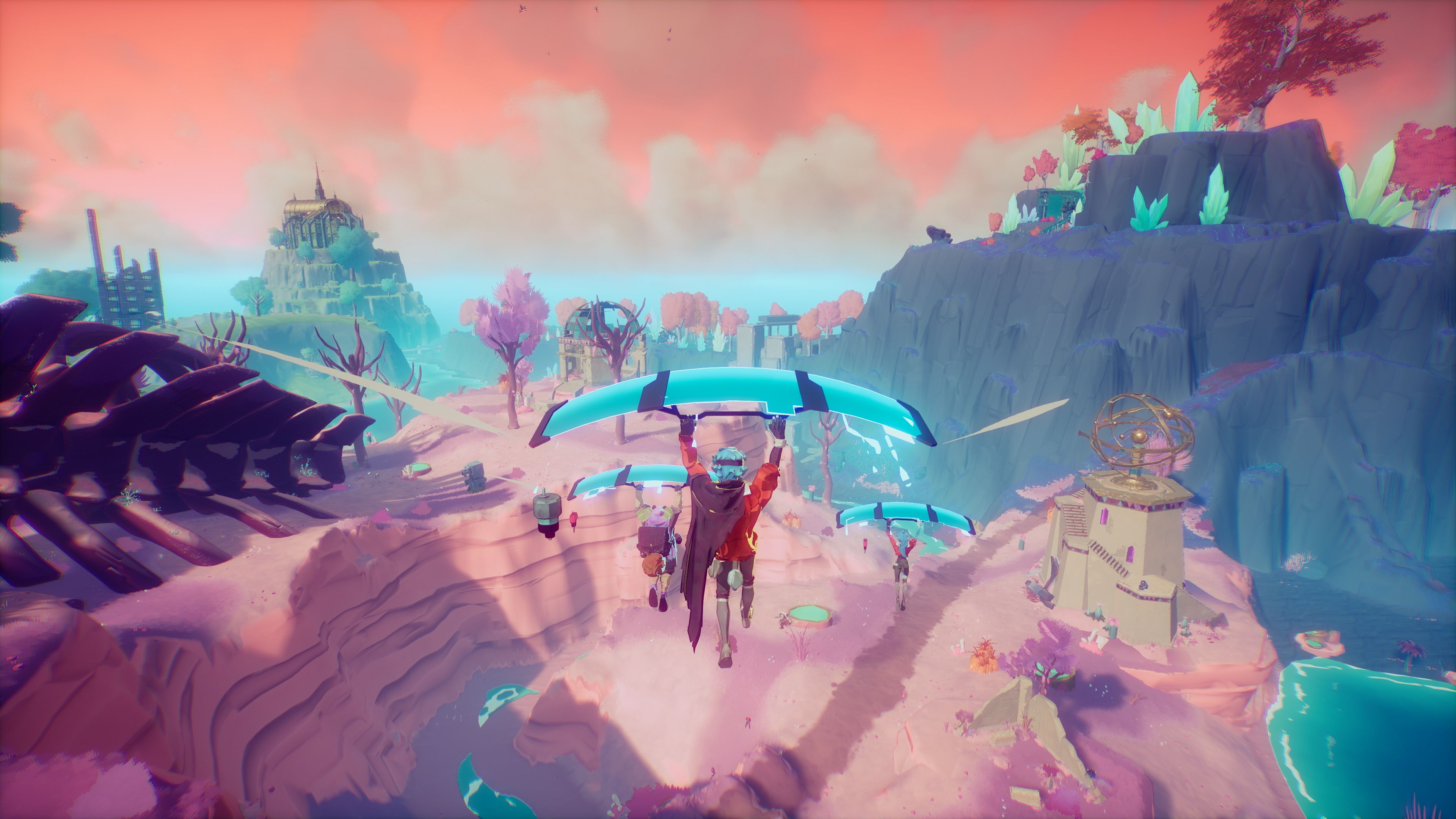
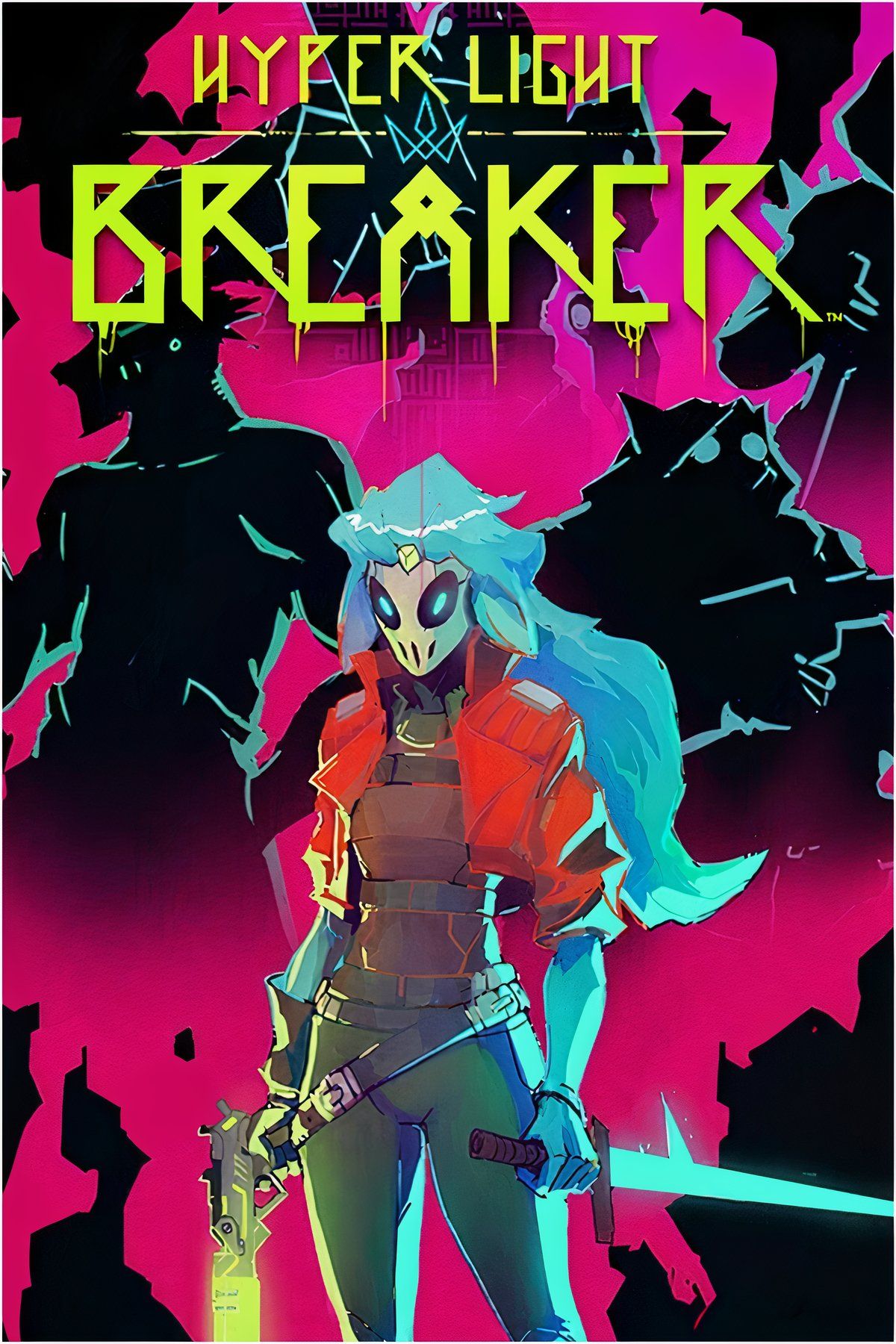

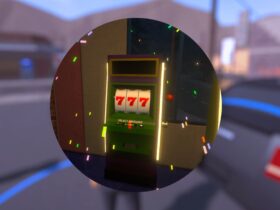
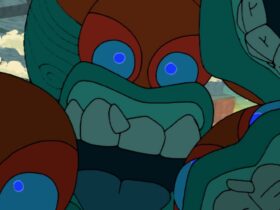
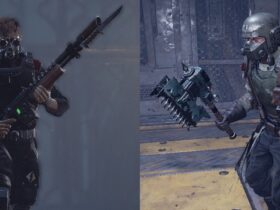

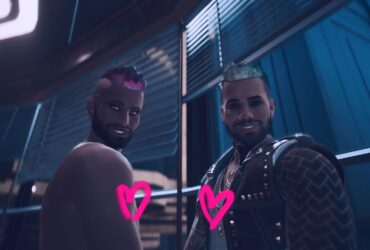
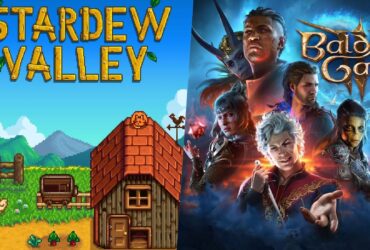
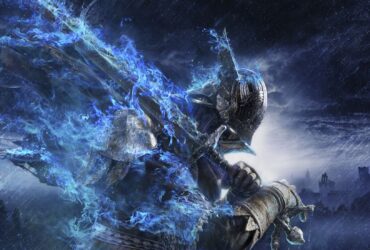
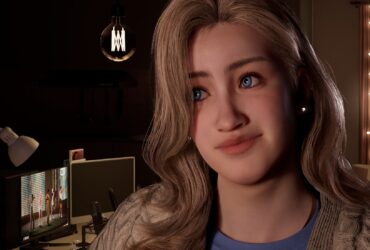

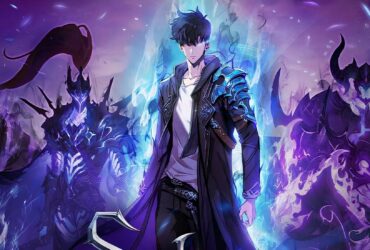
Leave a Reply